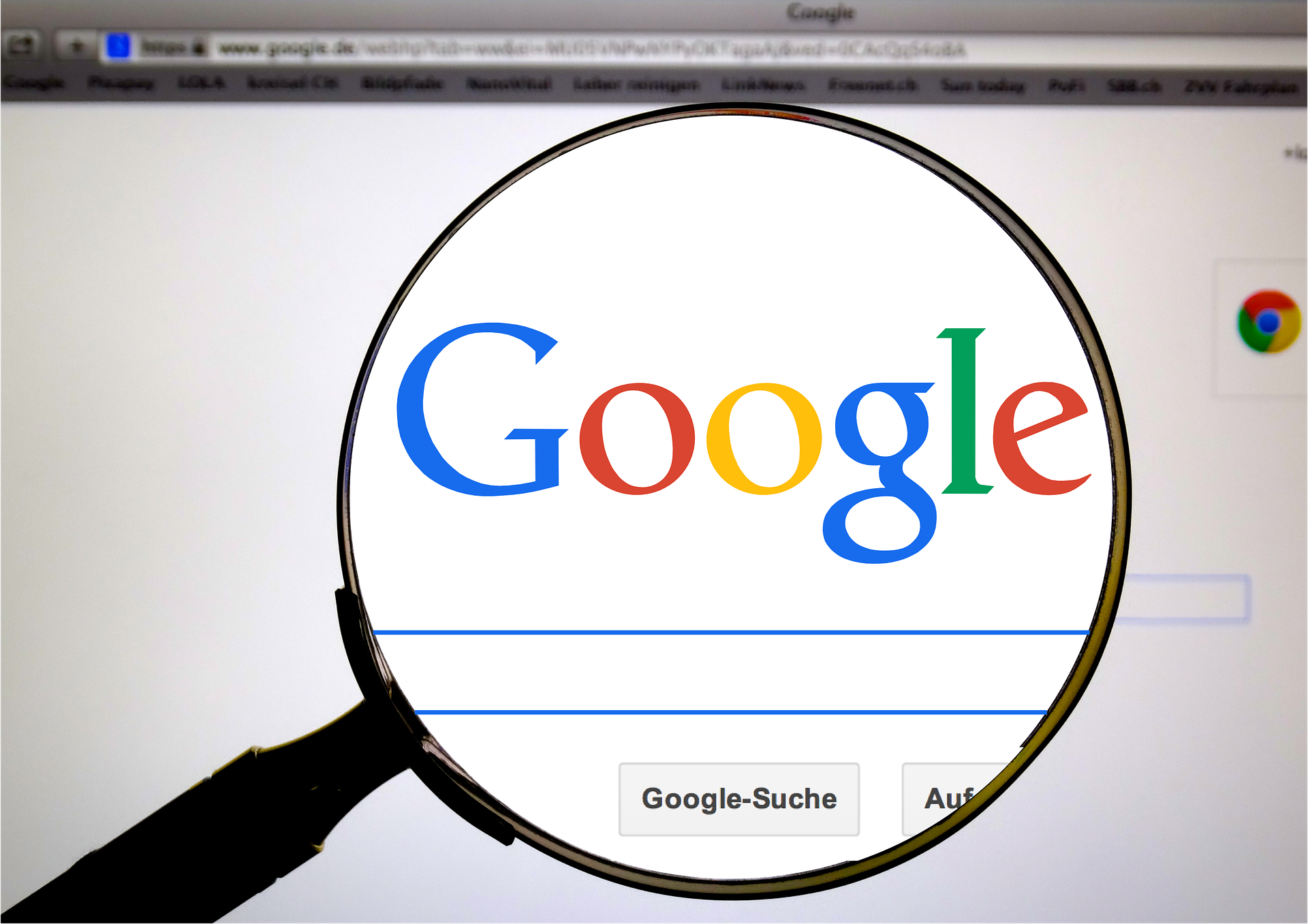Common DIY Search Pitfalls
While inventors conducting their own patent searches can be beneficial initially, they often encounter frustration by either finding too many related publications or none at all. The challenge lies in identifying the most relevant 10-50 references. Without thorough searching, inventors risk discovering crucial prior art later during examination, potentially limiting their ability to differentiate their invention since new matter cannot be added after filing.
Navigating Complex Patent Databases
Beyond simple Google Patents searches, the U.S. Patent and Trademark Office offers a seven-step program that professional searchers typically follow. This iterative process involves keyword searches, classification index usage, and examining various patent classes and subclasses. While engineers or scientists can access these tools, what might take a professional 2-4 hours could require 40-60 hours for someone less experienced, often with less confident results.
Professional Search Methodology
Professional patent searches involve a systematic process of examining classes and subclasses, then conducting forward and backward searches on relevant patents. This includes analyzing patents cited by and citing the relevant patents found. Professional searchers often examine all patents within relevant subclasses to ensure comprehensive coverage.
Types of Patent Searches
Patent searches fall into different categories: patentability searches, infringement searches (related to freedom to use), and landscape searches. Patentability searches focus on comparing prior art to the inventor’s concept, while infringement searches require detailed analysis of patent claims and enforceability. Cost and effort vary significantly – patentability searches typically cost under $2,000, while litigation-related searches might cost $20,000-$30,000 or more.
Scope and Strategy
With over 12 million US patents issued and hundreds of thousands published, comprehensive searching requires a methodical, documented strategy. While achieving 100% certainty is impossible, professional searches aim for 90-95% confidence for patentability searches and 98-99% for litigation searches. The goal is to balance thoroughness with reasonable cost and effort.
Role of Technology and Professional Expertise
While AI and automated tools can assist, professional expertise remains crucial for effective patent searching. Like AI travel planning that might suggest impractical solutions, patent search tools are most effective when used by professionals who understand the process and can meaningfully interpret the results.

